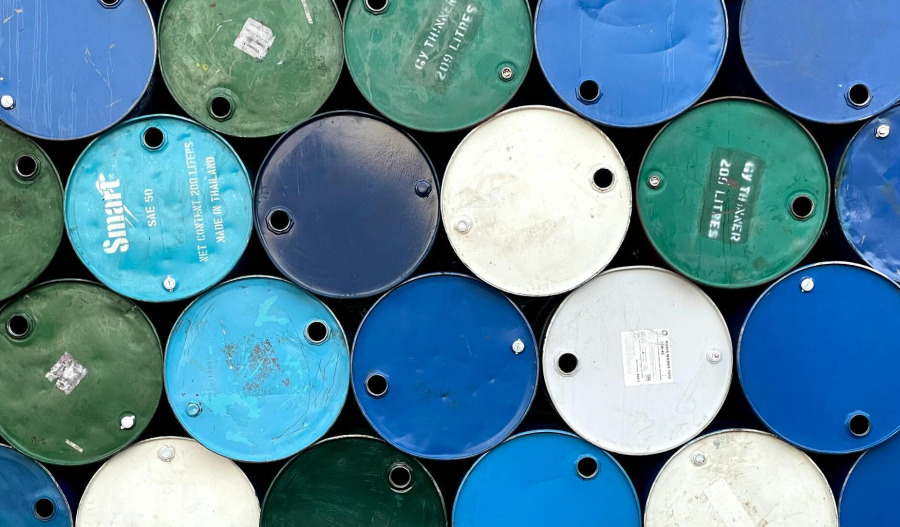OPEC+ has announced plans to pause any further hikes during the first quarter of next year – after making modest hikes next month – in an attempt to balance its push for market share with growing worries of an emerging global oil surplus.
With the first quarter typically being a period of weaker demand, coupled with current uncertainty for oil traders, key OPEC+ members led by Saudi Arabia have agreed to revive 137,000 barrels a day next month, matching increases scheduled for October and November, before hitting the pause button between January to March.
“Beyond December, due to seasonality, the eight countries also decided to pause the production increments in January, February, and March 2026,” OPEC+ said in a statement.
Since April, the alliance has boosted output targets by approximately 2.9 million barrels per day (bpd) — equal to about 2.7% of global demand.
However, production growth began to slow in October with analysts warning of an imminent oversupply.
What's making it more difficult for OPEC+ to accurately gauge supply dynamics are the new Western sanctions on Russia, one of the group’s key members.
Oil prices slipped to a five-month low of around US$60 per barrel on October 20 as fears of oversupply started to mount.
Prices have since rebounded to around US$65 per barrel, boosted by fresh restrictions on major Russian producers Rosneft and Lukoil by the United States and the UK, which threaten to limit Moscow’s ability to further ramp up production.
“OPEC+ is showing caution — but it’s a strategic move,” said Jorge Leon of Rystad Energy.
“The sanctions on Russian companies have added a layer of unpredictability, and the group understands that ramping up production too quickly could hurt prices later.”
Leon added that by delaying increases, OPEC+ aims to “defend prices, maintain unity, and observe how sanctions impact Russian exports.”
However, given that December increases were already expected, Giovanni Staunovo of UBS doubts oil prices will see major movement when markets reopen on Monday.
OPEC+ had previously been cutting production for several years until this past April.
Those reductions peaked in March, totalling 5.85 million bpd, which included 2.2 million bpd in voluntary cuts, 1.65 million bpd from eight members, and another 2 million bpd from the broader group.
While some of these voluntary reductions are now being phased out, the collective cuts are expected to remain in effect until the end of 2026.
The eight OPEC+ members will reconvene on November 30, coinciding with the next full OPEC+ meeting.
Meanwhile, work by the Paris-based International Energy Agency suggests supplies could exceed demand this quarter by more than 3 million barrels a day and then balloon to an unprecedented glut next year.
JPMorgan Chase & Co. and Goldman Sachs Group Inc. forecast further price losses below US$60 per barrel.
It’s understood that the market downturn is also taking a toll on oil producers, including America’s shale drillers.
While the U.S. remains the biggest source of supply growth this year, it’s projected to stall in 2026, and shale executives have warned that as investment ebbs, the industry is hitting a “tipping point”.
Saudi Arabia’s departure from years of effort to shore up crude prices is also having consequences for the kingdom itself.
The country’s budget deficit deepened in the third quarter, which has forced the Arab nation to scale back spending on some economic transformation projects, including the futuristic city of Neom.

Join our community of decision-makers. No card required
Join now

